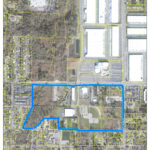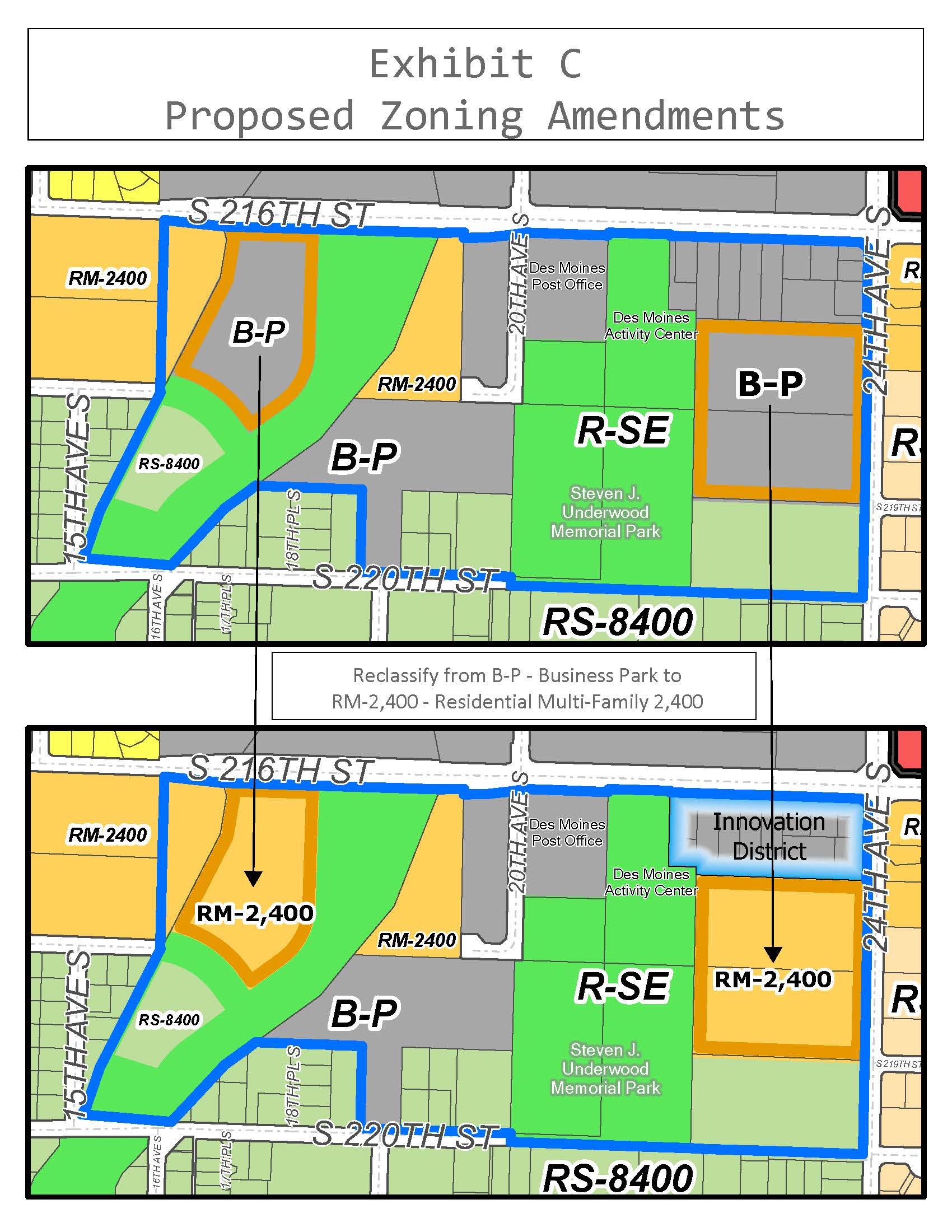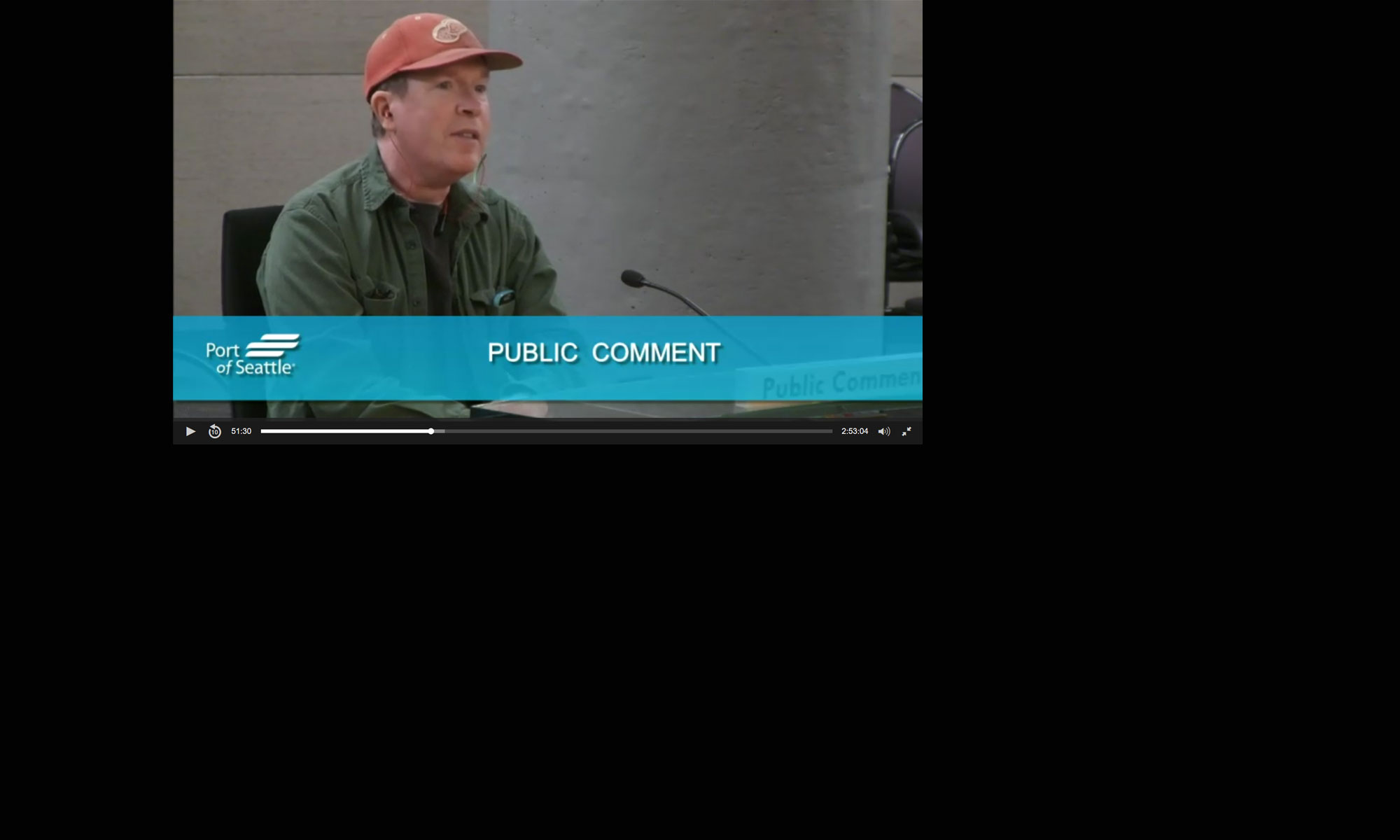 Last year, the Council voted for a six month (which turned into a 12 month) emergency moratorium on permitting in an area along 216th. We were not told why. But apparently the City has already prepared a Draft Ordinance with suggested zoning changes.
Last year, the Council voted for a six month (which turned into a 12 month) emergency moratorium on permitting in an area along 216th. We were not told why. But apparently the City has already prepared a Draft Ordinance with suggested zoning changes.
As part of the legal process, the City is required to send a legal note to all property owners potentially affected so that they can show up for a public hearing–which will happen on September 7th.
Apparently, that notice went out. 1Unfortunately, the legal notice is not exactly (cough) user-friendly and it immediately raised concerns with residents that the entire area was about to be re-developed in some horrendous fashion. That is not true.
However, the changes are not nothing and as much as I support the goal, as written, this is a terrible idea. But the good news? It’s a very easy fix.

The major proposed changes are to convert areas zoned as ‘business park’ (BP) to ‘multi-family’ (MF.) One reason they are currently zoned BP is due to noise. The properties are directly under the flight path. If you live in the area (as I do) you know, the two proposed spots are among the noisiest in all of Des Moines.
Now, the FAA provides guidance to planners in cities near airports. And their thought is that, in high noise areas, to rezone them for parks, businesses, churches, etc. Places where people would only be subjected to the noise for short periods. Another possible solution is sound insulation.
So today, whether you know it or not, almost all of you living in or near the indicated area have Port Packages, ie. sound insulation systems paid for by the FAA and installed by the Port of Seattle between 1993 and 2002. Part of the deal with the FAA was that Des Moines would upgrade its building code to include similar sound reduction requirements. That way homes built afterwards would have sound insulation at least as good as (and hopefully better than) the Port Packages. The FAA wanted every home under the flight path to have sound insulation. We did this in 2007 via Ordinance 1407.
However, in 2012 the City of Des Moines rescinded the sound reduction portion of the building code. For the past ten years, homes built in Des Moines have had no such requirements.
And just to be clear, both Burien and SeaTac also updated their building codes in order to obtain Port Packages for their residents. The only difference is that they never removed it. And as you’ve probably noticed, they have built plenty of housing in the past ten years. The sound code did not stop developers from building profitably.
This Spring I proposed that the Council revisit the sound code and the Economic Development Committee agreed to do so. However, it hasn’t happened yet.
We should not rezone those areas as multi-family until we restore that requirement to our building code because it is unconscionable ask people to live in a multi-family dwelling directly under the flight path without proper sound insulation.
If we vote to rezone before fixing our building code, a developer can come in immediately and propose yet another project without sound insulation and there would be nothing the City could do to prevent it.
I strongly favour increasing our housing stock, but not without sound insulation. Fortunately, it will take only a short time to re-instate our sound code–after all it is exactly the same template used by Burien and SeaTac. And again, it is unjust to build any new housing directly under the flight path without it. The FAA and every health organisation on the planet, including King County Public Health recognise that noise is a hazard to human health–especially for children; not merely a ‘nice to have’.
Sound insulation is no panacea. But if you live directly under the flight path (as I do) you’re glad you have it. And if you already have it, surely you want your new neighbours to have those same health benefits?
Please write citycouncil@desmoineswa.gov and ask the Council to delay this rezone until we re-instate our pre-2012 sound code. Every home directly under the flight path deserves it.
1We could easily fix these communication problems in several ways, for example, by placing a QR Code on the printed notice with a direct link to appropriate page on the City web site.




Are these the only maps on the table?
Not sure what you mean. These are the only two groups of properties in -this- discussion. There is a link to the complete ordinance with the legal definitions in the article. The point of changing the Noise Code would be to apply the same sound insulation/air filtration requirements throughout the City.